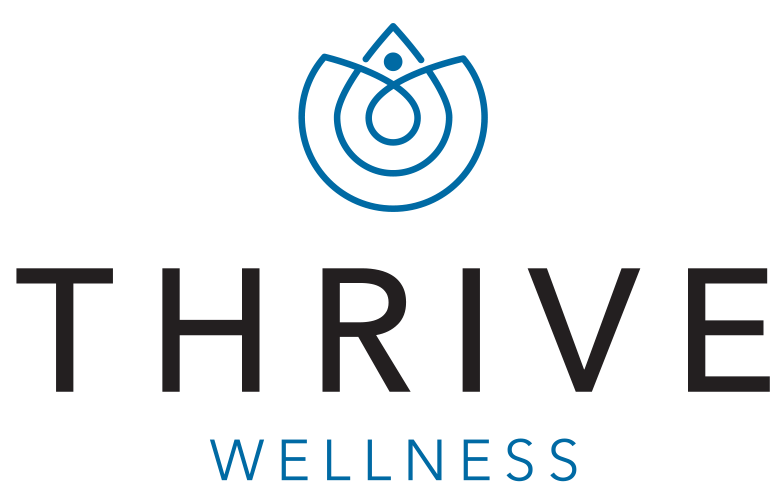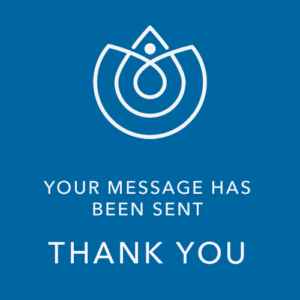

Massage Therapy
Chiropractic, Sports, Deep Tissue & Post-Natal
Our clinics in Oldham and Huddersfield offer a range of massage therapies, as part of your tailored wellness plan. Suitable for all ages, massage is an effective way to relax and heal muscles and other soft tissues in the body. Sports and chiropractic massage can help with rehabilitation and recovery from injury, improving circulation, and relieving tension.
We provide pregnancy and post-natal massage to alleviate common issues associated with pregnancy, such as morning sickness, swelling in hands and feet, headaches and general muscle pain.
What is Sports Massage?
Sports massage is the management, manipulation and rehabilitation of soft tissues of the body including muscles, tendons and ligaments.
Who can have a Sports Massage?
Everyone and anyone from babies to the elderly, professional sports people to office workers! You do not need to be a sports performer to benefit from a sports massage.
What are the benefits?
- Improve circulation and lymphatic flow
- Assist in the removal of metabolic waste
- Sedate or stimulate nerve endings
- Increase or decrease muscle tone
- Increase or decrease muscle length
- Remodel scar tissue when required
- Assist in mental preparation for sporting participation
- Help recovery after Sport
- Rehabilitation
What symptoms can Sports massage relieve?
- Repetitive strain injury
- Sprains
- Tension
- Fatigue
- Spasms
- Injury prevention
- Injury recovery
What techniques do we use?
Effleurage: It is a stroking technique, using the palm and fingers gently moulding to the contours of the body to apply the massage oil and forms the first and last movements of most massages.
Petrissage: Means to knead and uses the pressure of the hand and or fingers to break down tension in specific muscle groups.
Friction: Using the thumbs or fingers in specific areas of tightness or for working closely on a small area e.g. around joints.
Hacking: Basically chopping with loose wrists – palms facing together, with the little fingers closest to the muscle group being worked on.
Cupping: This is done by forming a cup shape with the hands and then gently striking the muscles with the palm to create a vacuum against the skin – this movement should sound like horses hooves.
Beating: The hands are loose fists with the little fingers towards the muscle group to be worked on. Alternating fists to strike the muscles sounds like a light clicking.
Vibration: The muscle is gently vibrated by the palm of the hand or by the finger tips – with the masseur contracting their own arm muscles.
Neuromuscular Therapy:
It is the utilisation of static pressure on specific points to relieve pain. This sports massage technique manipulates the soft tissue of the body (muscles, tendons and connective tissue) to balance the central nervous system. You may have heard this technique referred to as Trigger Point Therapy
What is Swedish Body Massage?
Swedish Body massage is the manipulation of soft tissues to relieve muscular spasms and pain, to improve blood circulation and provide some form of relaxation. The massage can be either a full body massage (massage of the neck, back, full legs {front and back}, stomach, lymph area on upper chest, arms and shoulders) or just a neck and back massage depending on the client and is usually carried out using a good base oil such as Grapeseed oil. A high-quality oil allows the therapist’s hands to glide over the body and apply suitable pressure therefore allowing a good massage to take place.
What are the benefits?
Massage has both physical and mental benefits. It may help with:
Massage has both physical and mental benefits. It may help with:
- Reducing tension and stress in the muscles
- Reducing mental tension and stress
- Reducing high blood pressure
- Improving skin and muscle tone
- Improving bowel function
- Improve circulation and lymphatic flow
- Relaxing the body and mind
- Promoting freedom and flexibility in joints
- Keeping the system in balance
What techniques do we use?
Effleurage: It is a stroking technique, using the palm and fingers gently moulding to the contours of the body to apply the massage oil and forms the first and last movements of most massages.
Petrissage: Means to knead and uses the pressure of the hand and or fingers to break down tension in specific muscle groups.
Friction: Using the thumbs or fingers in specific areas of tightness or for working closely on a small area e.g. around joints.
Hacking: Basically chopping with loose wrists – palms facing together, with the little fingers closest to the muscle group being worked on.
Cupping: This is done by forming a cup shape with the hands and then gently striking the muscles with the palm to create a vacuum against the skin – this movement should sound like horses hooves.
Beating: The hands are loose fists with the little fingers towards the muscle group to be worked on. Alternating fists to strike the muscles sounds like a light clicking.
Vibration: The muscle is gently vibrated by the palm of the hand or by the finger tips – with the masseur contracting their own arm muscles.
What is Deep Tissue Massage?
Using the same techniques and movements as those applied with a Swedish body massage, deep tissue massage works deeper into the muscles to release the tension and knots that may have built up. The pressure applied is far greater than a normal massage but will provide greater relief to the body. However, you may find yourself feeling a bit more uncomfortable than you would during a Swedish body massage and, for a day or two after the treatment, you are likely to be a bit sore around the area of the body that has been worked on.
What are the benefits?
Deep Tissue Massage is greatly beneficial for those who suffer from stiff neck, tension in the shoulders, lower back tightness or general tension all over the back. Those suffering from the problems below may also benefit from having a deep tissue massage:
- Chronic pain
- Limited mobility
- Recovery from injuries (e.g. whiplash, falls, sports injury)
- Repetitive strain injury, such as carpal tunnel syndrome
- Postural problems
- Osteoarthritis pain
- Fibromyalgia
- Muscle tension or spasm
What techniques do we use?
Effleurage: It is a stroking technique, using the palm and fingers gently moulding to the contours of the body to apply the massage oil and forms the first and last movements of most massages.
Petrissage: Means to knead and uses the pressure of the hand and or fingers to break down tension in specific muscle groups.
Friction: Using the thumbs or fingers in specific areas of tightness or for working closely on a small area e.g. around joints.
Hacking: Basically chopping with loose wrists – palms facing together, with the little fingers closest to the muscle group being worked on.
Cupping: This is done by forming a cup shape with the hands and then gently striking the muscles with the palm to create a vacuum against the skin – this movement should sound like horses hooves.
Beating: The hands are loose fists with the little fingers towards the muscle group to be worked on. Alternating fists to strike the muscles sounds like a light clicking.
Vibration: The muscle is gently vibrated by the palm of the hand or by the finger tips – with the masseur contracting their own arm muscles.
Neuromuscular Therapy: It is the utilisation of static pressure on specific points to relieve pain. This technique manipulates the soft tissue of the body (muscles, tendons and connective tissue) to balance the central nervous system. You may have heard this technique referred to as Trigger Point Therapy.
What is Pregnancy Massage?
A massage in pregnancy is designed to encourage the mum-to-be to become in touch with her changing body and help to relieve some of the aches and pains associated with pregnancy.
What are the benefits?
- Lessening the effects of morning sickness
- Improving circulation to reduce the swelling in the hands and feet
- Minimising back and sciatic nerve pain
- Provides relief from headaches, muscle aches and leg cramps
- Reduces the likelihood of stretch marks and improve elasticity of your skin
- Can help lower blood pressure
- Boost your immune system therefore giving more protection to your baby’s health
- Helps to rebalance hormones which are already playing havoc with your body
The massage will either be carried out either in a seated position or on the massage couch if you’re able to get on it. You will be completed supported with pillows and bolsters all around you to ensure that you are in the most comfortable position for you. I will never ask you to lie on your back or your stomach as it’s not recommended nor will it be comfortable for you as a mum-to-be.
Partners are welcome to attend the pregnancy massage sessions to learn the techniques that may help during labour as this can often help the partner feel part of the pregnancy.
A massage cannot be undertaken during the first trimester or if you’re suffering from certain conditions during your pregnancy.
The main ones are:
- Pre-Eclampsia
- Eclampsia
- Low Placenta (Placenta Previa)
- Risk of DVT/Thrombosis
What is Post Natal Massage?
We all know that life with a baby will never be the same as it was before. For new mothers, this can be a stressful time dealing with all those sleepless nights, feeding issues, baby blues or for those already with children, juggling the new baby and giving attention to the older children can be a tough time too. It takes time for the new mum to get back to normal and generally a postnatal massage has been known to be of benefit.
What are the benefits?
- Relaxing the new mother and giving her an hour of some peace and quiet
- Can help with postural issues especially if the baby is being breast fed
- Can help with lower back problems
- Can help get your body back into shape quickly by toning the abdominal muscles (not to be done on those who have had a c-section until after the 6-week post natal check).
- Help reduce the chances of developing post-natal depression and baby blues.
- Can help with lack of milk production if you’re trying to breast feed your baby
For those who have had a c-section, I would advise you contact your GP first to see whether you are able to have a massage.
What techniques do we use?
Effleurage: It is a stroking technique, using the palm and fingers gently moulding to the contours of the body to apply the massage oil and forms the first and last movements of most massages.
Petrissage: Means to knead and uses the pressure of the hand and or fingers to break down tension in specific muscle groups.
Friction: Using the thumbs or fingers in specific areas of tightness or for working closely on a small area e.g. around joints.
Hacking: Basically chopping with loose wrists – palms facing together, with the little fingers closest to the muscle group being worked on.
Cupping: This is done by forming a cup shape with the hands and then gently striking the muscles with the palm to create a vacuum against the skin – this movement should sound like horses hooves.
Beating: The hands are loose fists with the little fingers towards the muscle group to be worked on. Alternating fists to strike the muscles sounds like a light clicking.
Vibration: The muscle is gently vibrated by the palm of the hand or by the finger tips – with the masseur contracting their own arm muscles.
What is Indian Head Massage?
Indian Head Massage is a massage that is applied to the upper body – arms, neck, shoulders, face, scalp and the head using techniques that can ease conditions such as tension and strain in these areas.
It is a therapeutic and relaxing treatment.
What are the benefits?
- Improved circulation and lymphatic drainage to the head, neck, scalp, face and shoulder area
- A deep sense of relaxation
- Relief from headaches and migraine
- Relaxation of the muscles of the head, neck and shoulder area
- Stimulation of hair growth by improving the scalp circulation
- Relief from anxiety and insomnia
- Alleviation of eyestrain
- Release of toxins
- May help with concentration levels
How can we help you?
We will carry out a full assessment and recommend the appropriate massage techniques which best cater to your needs.

